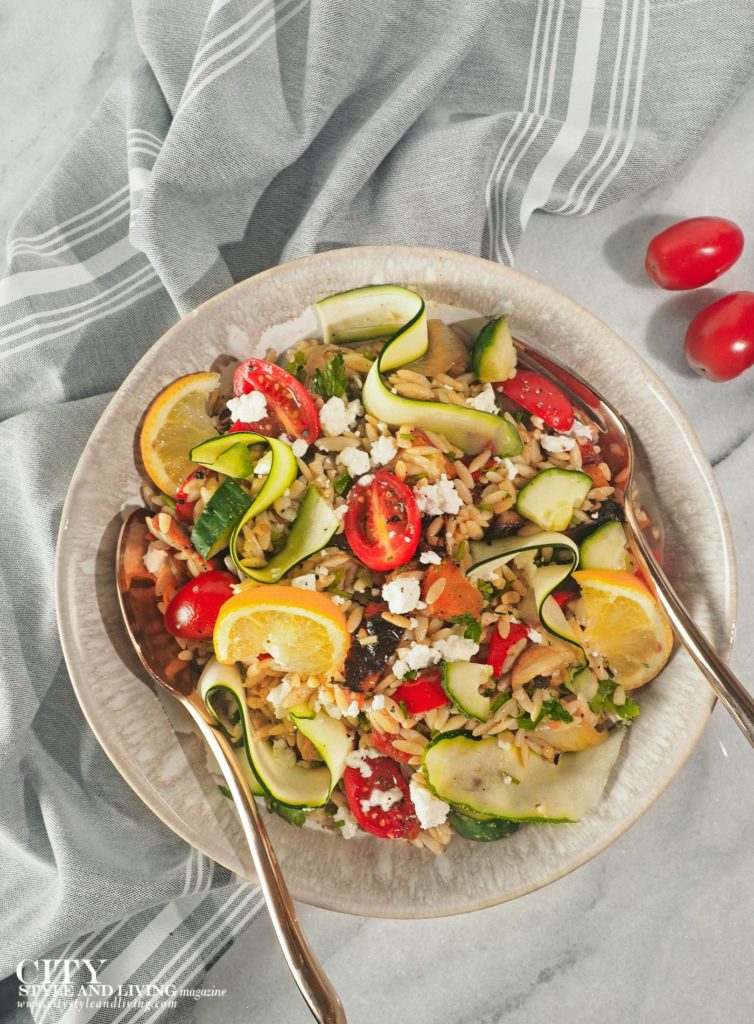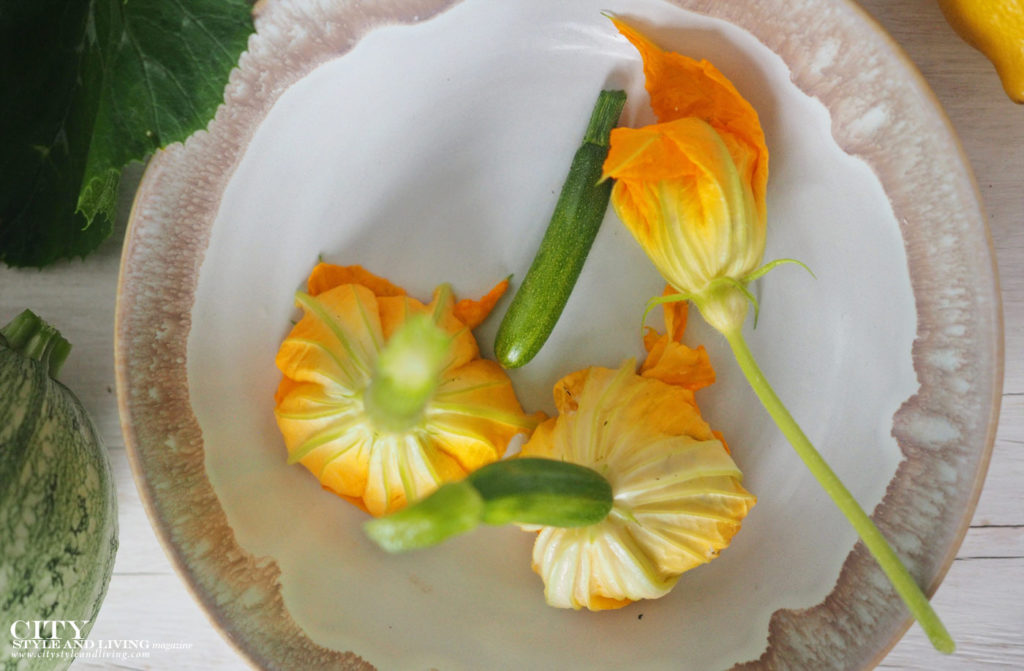
Restaurants are great places full of inspiration and innovation. They provide an important cultural touchstone in today’s world. But, for millennia cooking has been the province of the home. Home cooks may even have something to teach modern day chefs.
One of the most interesting and thought provoking incidents that I’ve seen on television occurred during an episode of an Australian cooking show. Contestants had gathered in a large industrial kitchen to scale up their home recipes (two tablespoons became several cups). Once they had accomplished this, they would present their dish, tweaked for commercial proportions, to the judges who would evaluate its viability as a grocery store product.
A judge who had worked in several fine dining restaurants in Europe was surveying the kitchen full of home cooks. Noting that one contestant was simply tearing pieces of dough from a large batch and rolling them by hand, he approached her. “Aren’t you going to weight that?” he asked out of concern for her accuracy. For commercial products, having dough that is exactly the same size for each serving is crucial. “Well, I’ve made them with my hands to fit in my palm, so I know they’re all the same,” she retorted with supreme confidence. The chef insisted and the contestant relented taking the formed dough from her hand and placing it on the scale. “48,” she said. Then she took another ball of dough and put it on the scale. “48.”The tempo now increased as she began transferring the dough more quickly from her hand to the scale and each time the number was the same, “48.” The judge was stunned and turned away. A skilled home cook had, through experience and repetition alone, made a product to exact measurements without the use of a machine.
The scene revealed a slew of dichotomies: the skill of the chef which relies on gadgets contrasted the stern knowledge of the home cook, the exigency of the commercial kitchens contrasted the slower pace of home cooking, and the technical details the judges expected stood against years of experience. Most striking however, was the idea that machines, by their nature unfailingly accurate, can supplant years of experience. The machine can do what a home cook cannot.
There is sometimes a reluctance on these television shows, where professional chefs judge home cooks, to accept and learn from homespun experience. Home cooking is predicated on commonsense, often occurring without complicated implements and machines. Instead, ingredients are added by eye, adjusted by taste. Home cooks with years of experience pay attention to all 5 senses. Do I hear the spices popping? They will ask themselves. How brown is the meat? And, by this they will know when to flip it. It is an intuitive process guided by subjective taste and flavour. Often, tweaks are made over the years to please all or at least most members of the family.
Just because the cooking is informal, however, does not mean it is not precise. Even without equipment, a home cook can replicate, in some instances, the precision of the professional kitchen. Cooking is an art not a science, intuition and experience are integral.
This original article first appeared in the Spring 2016 issue of City Style and Living Magazine.












